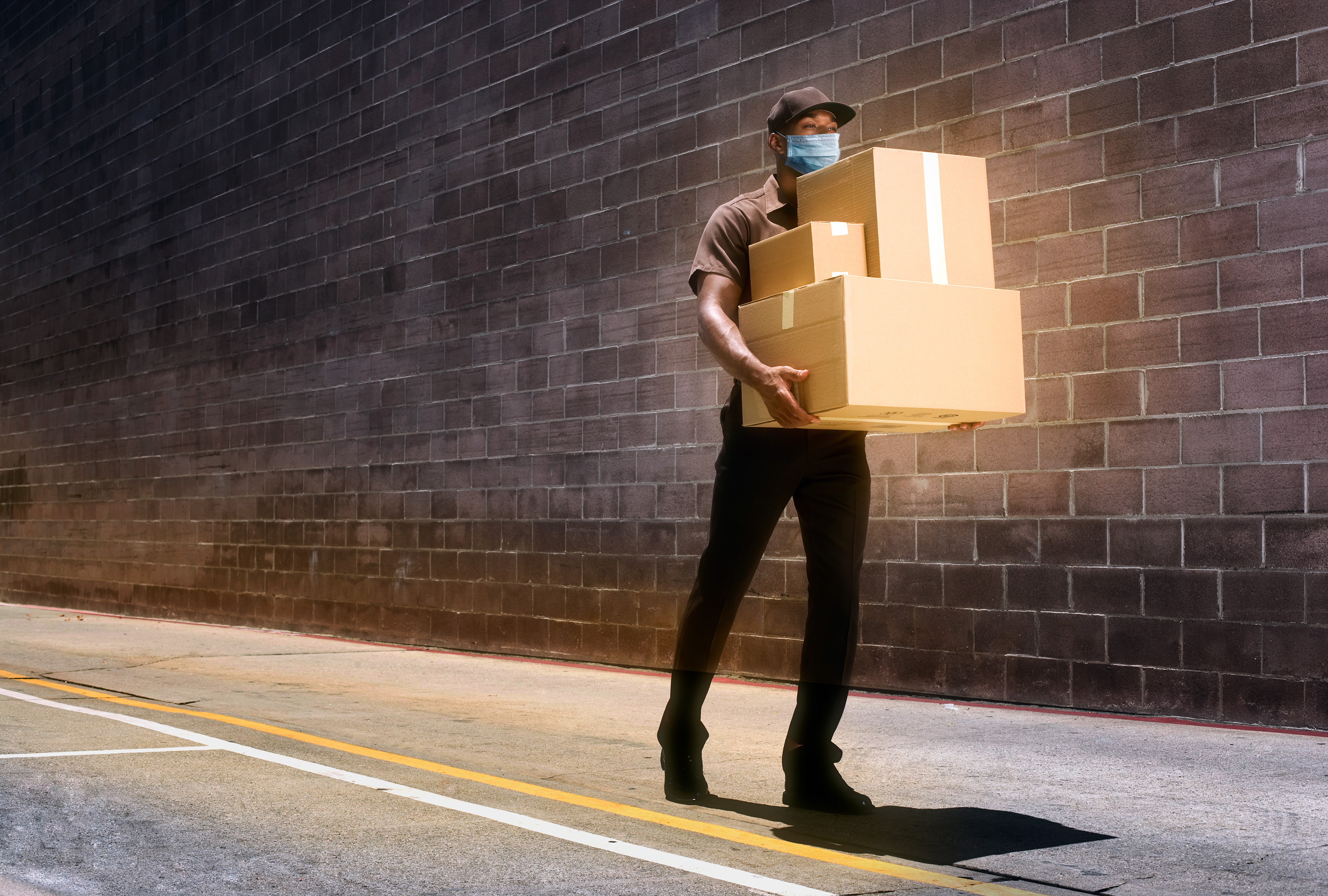Here’s how long the coronavirus can live in the air and on packages

The contagious coronavirus can survive on a cardboard delivery box for at least a day and lives even longer on steel and plastic.
A big question in the outbreak of Covid-19, which has already infected more than 110,000, is how the germ that causes it moves so easily between people. Although many viruses and germs can survive on ordinary objects, zeroing in on precisely how the new coronavirus does it could help stem the epidemic.
More on coronavirus
Our most essential coverage of covid-19 is free, including:
How does the coronavirus work?
What are the potential treatments?
What's the right way to do social distancing?
Other frequently asked questions about coronavirus
---
Newsletter: Coronavirus Tech Report
Zoom show: Radio Corona
See also:
Please click here to subscribe and support our non-profit journalism.
To help find an answer, US researchers tried spritzing the virus on seven materials commonly found in homes and hospitals, to see how long it remained infectious.
The germ survived longest on plastic and stainless steel, where it clung for as long as three days, according to Vincent Munster and a team at the National Institutes of Health virology laboratory in Hamilton, Montana, who describe their experiments in a new preprint.
That suggests hospital equipment is a potential vector for disease, as are strap-hanger poles on subways.
So far, however, there is no definitive proof the virus is actually spread via inanimate objects. “We don’t know if you can pick up Covid-19 from contaminated surfaces or inanimate objects at this point. That’s the bottom line,” says Marilyn Roberts, a microbiologist at the University of Washington School of Public Health.
Doctors testing patients know that the virus is present in large amounts in people’s upper respiratory tract, making it likely that it gets spread when they cough or sneeze, spraying tiny droplets and aerosols into the air and onto surfaces.
“Virus stability in air and on surfaces may directly affect virus transmission, as virus particles need to remain viable long enough after being expelled from the host to be taken up by a novel host,” Munster and his team write.
Munster and his coworkers say spreading via the air likely explains “super spreader” events like one that appears to have occurred in Boston, where more than 70 people are believed to have been infected at a conference held by the biotechnology company Biogen.
The scientists looked at how long the virus lived on different materials, and also as it swirled in an air chamber. After waiting a few hours or days, they wiped the surfaces and checked to see if they could still infect cells in a petri dish.
Materials the virus liked best were stainless steel and plastic, where infectious germs could still be collected after three days and might endure quite a bit longer. It liked copper least: the virus was gone after just four hours. Swished around in the air chamber, the germs remained for about three hours.
It will take detailed epidemiological studies to find out for sure exactly how the virus spreads, but the new lab findings indicate it can at least cling to cardboard boxes such as Amazon packages, or plastic cell-phone cases.
With some viruses, like influenza, touching a surface can sweep up millions of viral particles in just a few seconds. Other studies show that people touch their faces more than 20 times every hour. Cold temperature and low humidity let viruses live even longer.
Health authorities are recommending that people wash their hands frequently and use alcohol-based cleansers to disinfect surfaces. It’s known that coronaviruses are fairly easy to kill; rubbing alcohol and diluted hydrogen peroxide are among the effective weapons.
In a February review of what’s already known about this type of virus, German researchers said that within a minute of cleaning a surface, a million viral particles can be reduced to 100, likely reducing the risk of infection.
The NIH researchers compared the new virus with SARS and found that the two germs stuck around for similar lengths of time. SARS caused an outbreak in 2003 but was not so easily transmitted, which means other factors play a role in why Covid-19 is spreading faster.
While those reasons aren’t fully understood, the NIH researchers speculate that people with the new coronavirus could be shedding it even if they don’t have symptoms or that that it takes less of the virus for a person to become infected, a metric known as the “infectious dose.”
The researchers say they are now looking at how long the virus lasts in snot, spit, and fecal matter, and under what temperatures and humidity levels.
— with reporting by Mike Orcutt
Deep Dive
Biotechnology and health
How scientists traced a mysterious covid case back to six toilets
When wastewater surveillance turns into a hunt for a single infected individual, the ethics get tricky.
An AI-driven “factory of drugs” claims to have hit a big milestone
Insilico is part of a wave of companies betting on AI as the "next amazing revolution" in biology
The quest to legitimize longevity medicine
Longevity clinics offer a mix of services that largely cater to the wealthy. Now there’s a push to establish their work as a credible medical field.
There is a new most expensive drug in the world. Price tag: $4.25 million
But will the latest gene therapy suffer the curse of the costliest drug?
Stay connected
Get the latest updates from
MIT Technology Review
Discover special offers, top stories, upcoming events, and more.